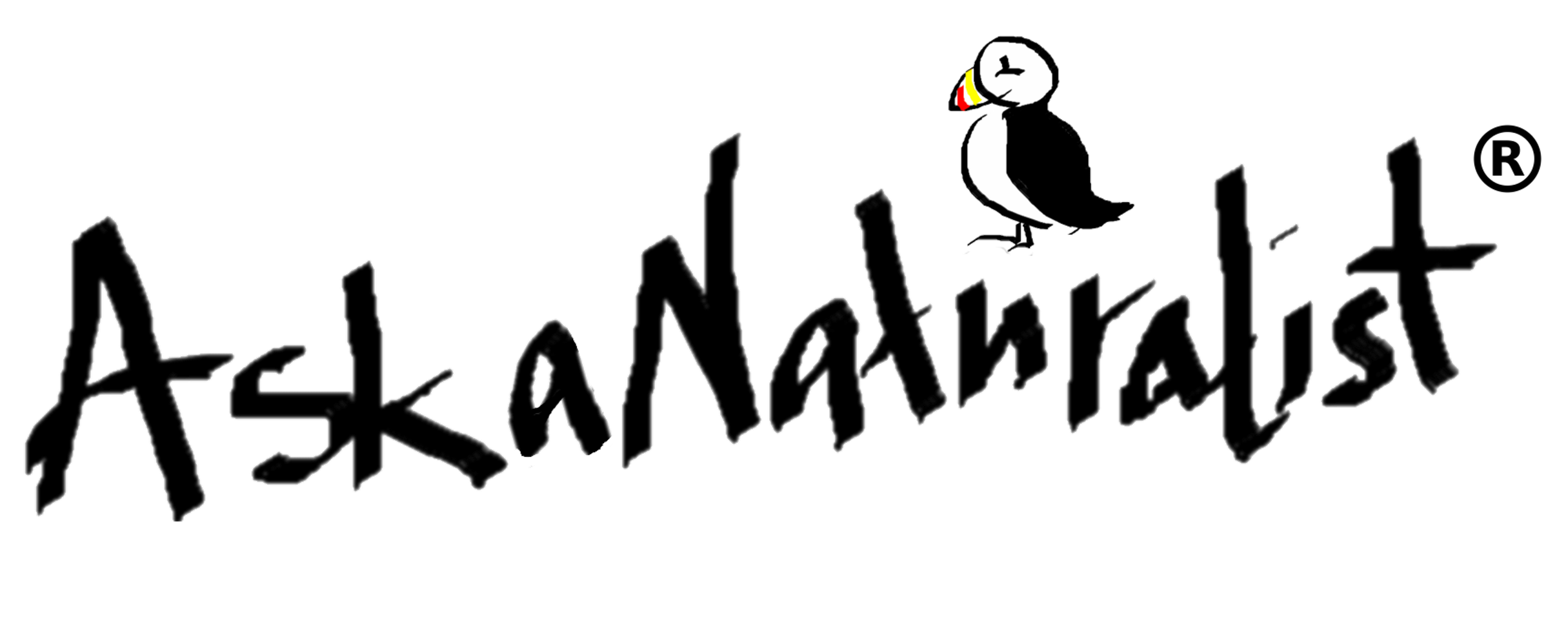Whose ragged feather is this?
Question: Can you please identify this feather? It’s a bit ragged and was outside in the rain and...
Read Moreby Tom of AskaNaturalist.com | Jan 12, 2024 | 2024, Animals, birds, Questions and Answers | 0 |
Question: Can you please identify this feather? It’s a bit ragged and was outside in the rain and...
Read Moreby Tom of AskaNaturalist.com | Jan 30, 2021 | 2021, correspondence, Plants, Questions and Answers, Reader, Uncategorized | 4
Lynn came across two trees in two different states with strange growths on the stems. What tree is this?
Read Moreby Reader | May 5, 2019 | 2019, Animals, correspondence, Questions and Answers, Reader | 1 |
I was on a hike near Whistler in south western British Columbia, where I was about to brush what I...
Read Moreby Reader | May 1, 2019 | 2019, Animals, correspondence, Questions and Answers, Reader, Uncategorized | 3 |
My preschool class, 4 & 5 year olds, and I were watching this video about creatures living...
Read Moreby Tom of AskaNaturalist.com | Apr 20, 2019 | 2019, correspondence, Plants, Questions and Answers, Reader | 2 |
Is this poison sumac? Or something else! It’s a medium-size tree. We are in North Carolina...
Read Moreby Reader | Apr 3, 2019 | 2019, Animals, birds, correspondence, Questions and Answers, Reader, Uncategorized | 1 |
This egg was found in my cousins yard and we have no idea what it is or where it came from. There wasn’t a nest that we could find. This photo is of my cousin’s husband holding it and he’s not a small guy. The egg was a...
Read Moreby Reader | Apr 2, 2019 | 2019, Animals, birds, correspondence, Questions and Answers, Reader, Uncategorized | 2 |
Hello – we have one Pilgrim goose that appears to be nesting. The only other geese that are around are Canada geese. We also have mallards and one Pekin duck. Could any of them fertilize her eggs? Thank you – Lori...
Read Moreby Reader | Apr 2, 2019 | Animals, correspondence, Questions and Answers, Reader | 2 |
We found what I believe to be a Fowler’s toad last June. My daughter wanted to keep it as a pet since it is injured. We don’t know what happened but it was already healed, it just doesn’t have a foot. Anyways, it’s now the...
Read Moreby Tom of AskaNaturalist.com | Oct 29, 2018 | correspondence, Plants, Questions and Answers, Reader, Tom, Uncategorized | 4 |
Hi, I was working in my flower bed in North Raleigh, North Carolina and found small piles of what looked like crushed ice but is the texture of a jelly. Did not notice it there two days ago. What would it be? Terresa To follow...
Read Moreby Tom of AskaNaturalist.com | Aug 12, 2018 | correspondence, Environmental, Questions and Answers, Reader, Uncategorized | 1 |
On some still ponds in an area which was used for military training during WW2 and then became a clay pigeon shoot, a gold sheen appears during the summer months. It disappears when disturbed only to re-appear if left alone. I...
Read Moreby Tom of AskaNaturalist.com | Jul 28, 2018 | correspondence, Microorganisms, Questions and Answers, Reader, Uncategorized | 2 |
I saw this incredibly bright stuff on some maple bark, in a wooded area, after four or five rainy days in July in New Hampshire. I think the producers of “Stranger Things” would be interested. Do you know what it...
Read Moreby Tom of AskaNaturalist.com | Jul 24, 2018 | Animals, correspondence, Microorganisms, Questions and Answers, Reader, Uncategorized | 2 |
My dad found these bugs in our pond and I have been trying to find out what they are. They are a pale orange and an oblong shape. I’ve looked at one under a microscope and it appears as if it has two large claws in the...
Read More
